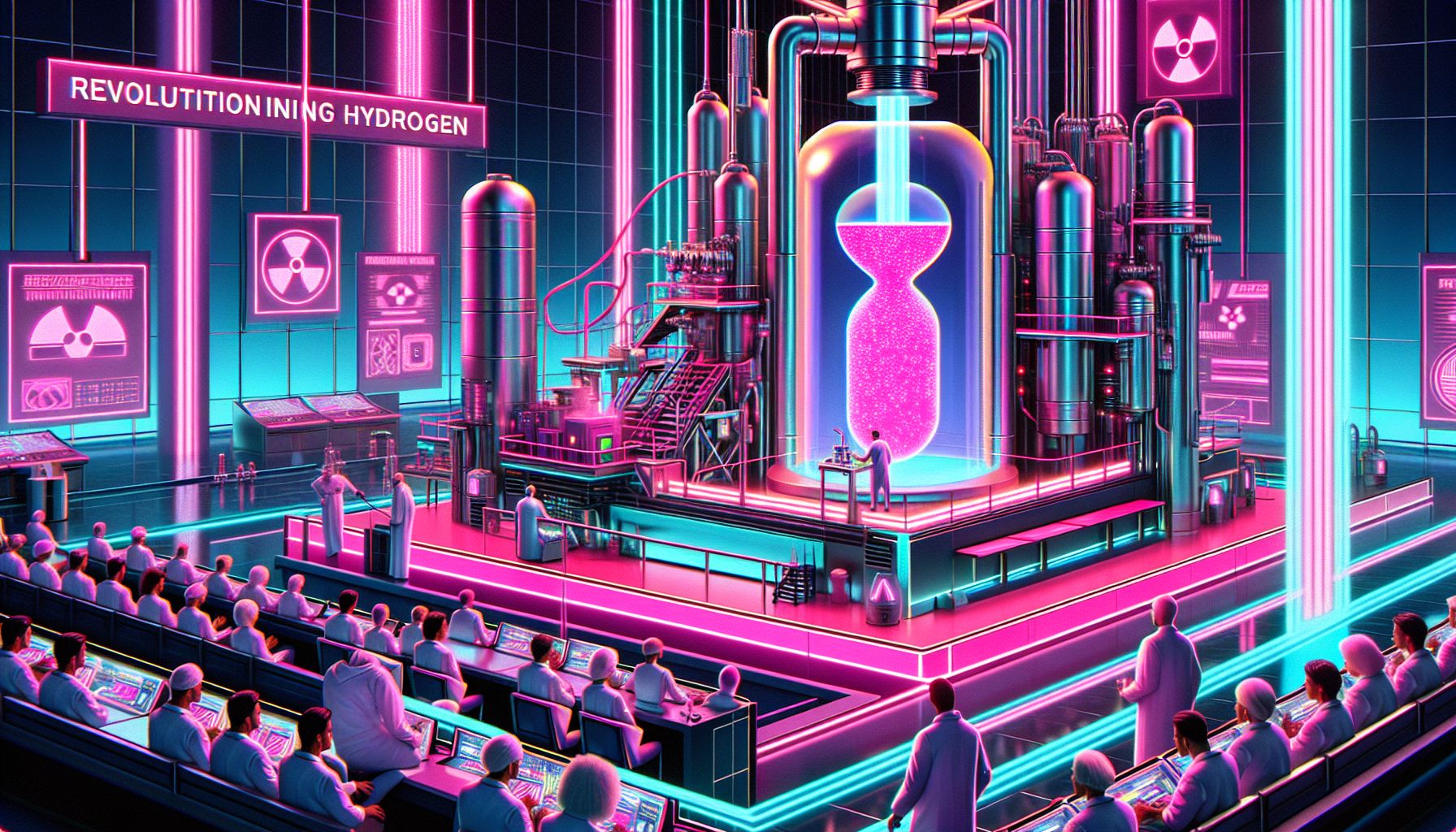Revolutionising Hydrogen: How Pink is the New Green

London, Friday, 30 May 2025.
Harnessing nuclear energy, pink hydrogen emerges as a clean alternative to traditional hydrogen production, potentially steering us towards a low-carbon future while balancing our climate and energy needs.
Pink Hydrogen: A Bright Future with Nuclear Power
Have you ever wondered how hydrogen could be produced using nuclear energy? Let me introduce you to pink hydrogen, a tech marvel poised to change our energy game. Produced via electrolysis powered by nuclear plants, it promises reduced emissions compared to traditional methods like steam methane reforming [1][2]. As countries push for greener economies, pink hydrogen offers a unique solution to reduce our carbon footprint and harness nuclear energy’s potential [1].
Navigating the Challenges
Of course, nothing this futuristic comes without its hurdles. Pink hydrogen faces high production costs and limited infrastructure, much like its ‘green’ cousin [2]. Imagine a world where nuclear facilities power hydrogen production, delivering clean energy at scale. Sadly, infrastructure development remains a work in progress, needing robust government backing to support research and commercialisation efforts [1][2]. Yet, as governmental bodies worldwide keenly seek clean alternatives, pink hydrogen might just get the push it needs [3].
Economic and Environmental Implications
Pink hydrogen could indeed be a game-changer in hard-to-abate sectors like steel and cement, which desperately need eco-friendly energy solutions [2][4]. By tapping into nuclear energy, we’re looking at a reduction in emissions, energy security, and new industry standards [1][5]. Let’s be clear: while conventional hydrogen mostly derives from less sustainable methods, pink hydrogen may offer a carbon-free promise that’s hard to resist [2].
The Path Ahead for Pink Hydrogen
Seeing pink hydrogen blossom into a mainstream solution would require a collaborative push from the scientific community and energy policymakers alike. Countries eyeing a sustainable hydrogen economy will likely spearhead initiatives to slash production costs and construct the necessary infrastructure [5]. With governments eager to meet Net Zero targets, this technology might see accelerated development in the coming years. Although challenges loom, the potential rewards of pink hydrogen are vast and varied [1][2].